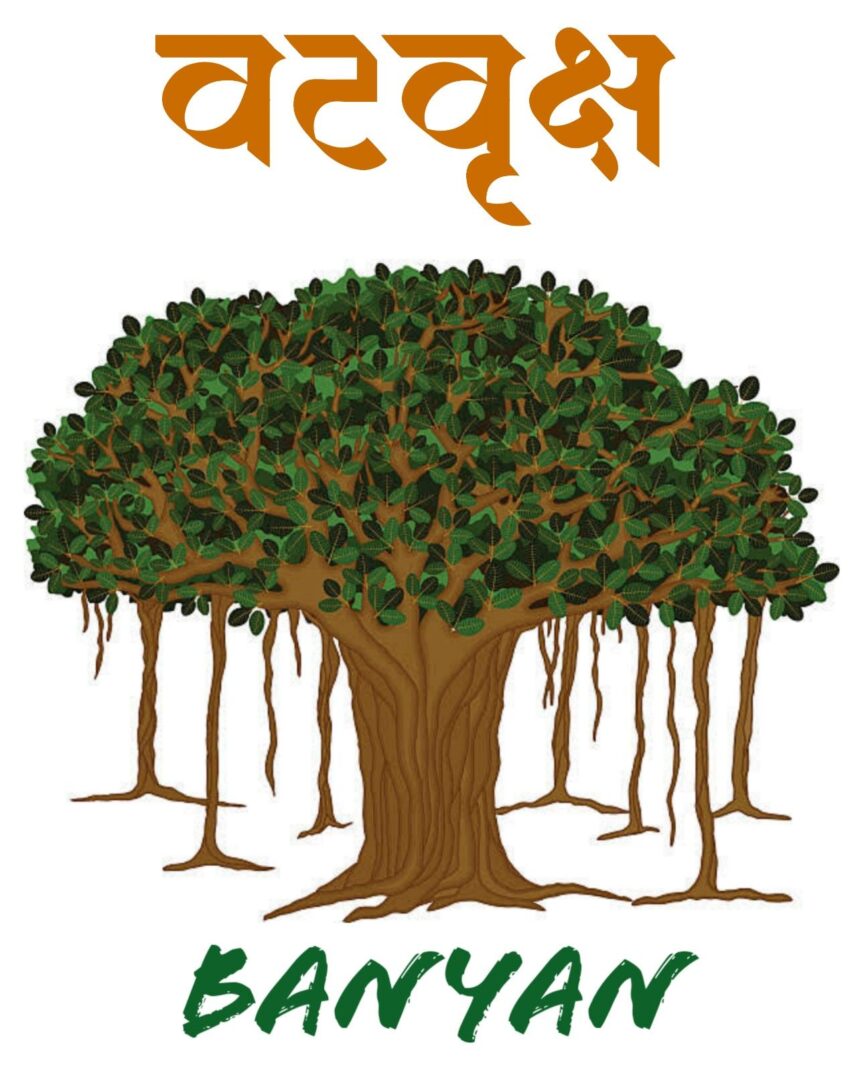7 Remarkable Facts About the National Tree of India That Will Inspire You
India, a land of rich biodiversity and cultural heritage, cherishes its natural symbols as much as its historical ones. Among these, the National Tree of India – the Banyan Tree (Ficus benghalensis) – stands tall as a symbol of eternity, strength, and shelter. Revered for centuries in Indian culture, the banyan tree is more than just a tree; it represents wisdom, resilience, and social unity. In this article, we explore the history, facts, timeline, significance, FAQs, societal impact, and daily life relevance of the National Tree of India.
- History of the National Tree of India
- Botanical Description and Characteristics
- Interesting Facts About the Banyan Tree
- Timeline of Key Events Related to the National Tree
- Significance of the National Tree
- FAQs About the National Tree of India
- Impact on Daily Life
- Observance and Wishing
- Conclusion: Why the National Tree Matters
History of the National Tree of India
The banyan tree has been integral to Indian culture, religion, and social life for thousands of years.
Ancient Symbolism: Mentioned in Vedas, Puranas, and epics like Mahabharata and Ramayana, the banyan tree symbolizes immortality, wisdom, and protection.
Religious Importance: The tree is sacred in Hinduism, Buddhism, and Jainism. Lord Krishna, Lord Shiva, and other deities are often associated with banyan trees.
Official Recognition: Recognized as the National Tree of India, the banyan tree symbolizes longevity, strength, and national heritage.
Its vast canopy and aerial roots provide shelter, making it a metaphor for unity, protection, and community.
Botanical Description and Characteristics
Scientific Name: Ficus benghalensis
Appearance: The banyan tree has a wide-spreading canopy, with prop roots that grow into thick trunks, allowing it to cover large areas.
Longevity: It can live for several centuries, some specimens over 400–500 years old.
Habitat: Grows naturally in tropical and subtropical regions of India, including Madhya Pradesh, Maharashtra, and Tamil Nadu.
Ecological Role: Provides shade, shelter for birds and animals, and supports biodiversity.
Interesting Facts About the Banyan Tree
Largest Tree Concept: Some banyan trees cover several acres with thousands of trunks, symbolizing unity and growth.
Historical Meeting Place: Traditionally, village councils or panchayats met under banyan trees for discussion and decision-making.
Medicinal Uses: Leaves, bark, and roots are used in Ayurveda to treat diabetes, skin diseases, and digestive issues.
Cultural Significance: Featured in myths, legends, literature, and paintings, representing immortality and shelter.
Environmental Contribution: Helps in soil conservation, carbon absorption, and providing habitat for wildlife.
Symbol of Protection: Its wide canopy provides shade and comfort to humans and animals alike.
Longevity Symbol: Represents endurance, resilience, and continuity in Indian culture.
Timeline of Key Events Related to the National Tree
Ancient Period: Mentioned in Vedas, Upanishads, and Puranas as sacred and protective.
Medieval Period: Used as meeting points for village councils and social gatherings.
Colonial Era: Documented by British botanists and travelers for its size, longevity, and cultural importance.
20th Century: Recognized as the National Tree of India for its cultural, ecological, and social significance.
21st Century: Protected under environmental laws and promoted for biodiversity conservation and urban green spaces.
Significance of the National Tree
The banyan tree carries multiple layers of significance in Indian society:
Cultural Symbolism: Represents eternity, wisdom, and resilience, reflecting India’s spiritual heritage.
Social Importance: Acts as a community center, shelter, and meeting point for villages.
Ecological Value: Supports wildlife, preserves soil, and promotes biodiversity.
Medicinal Role: Provides ingredients for traditional medicine and health remedies.
Educational Value: Taught in schools as a symbol of nature conservation, longevity, and cultural heritage.
FAQs About the National Tree of India
Q1: Why was the banyan tree chosen as the National Tree of India?
A1: It symbolizes eternity, strength, cultural heritage, and ecological importance.
Q2: How long can a banyan tree live?
A2: A banyan tree can live for hundreds of years, with some specimens over 400–500 years old.
Q3: Where is it commonly found in India?
A3: Grows in tropical and subtropical regions including Madhya Pradesh, Maharashtra, Tamil Nadu, and West Bengal.
Q4: What are the medicinal benefits of the banyan tree?
A4: Leaves, bark, and roots are used in Ayurveda for diabetes, digestive issues, skin ailments, and inflammation.
Q5: Does it have cultural or religious significance?
A5: Yes, the banyan tree is sacred in Hinduism, Buddhism, and Jainism and often associated with deities and rituals.
Impact on Daily Life
The National Tree influences daily life and society in various ways:
Community and Social Life: Villages historically held panchayat meetings and social gatherings under its canopy.
Environmental Awareness: Promotes tree plantation, urban greenery, and biodiversity protection.
Health and Wellness: Leaves and bark used in Ayurveda and traditional remedies.
Cultural Heritage: Inspires art, literature, music, and religious practices, connecting people to nature.
Educational Influence: Students learn about its ecological and cultural importance, fostering respect for nature.
Observance and Wishing
The banyan tree is celebrated and revered in several ways:
Religious Practices: Worshiped during festivals like Vat Savitri, where women tie threads around its trunk for marital bliss and family welfare.
Tree Planting Campaigns: Used in environmental awareness programs to encourage planting and preservation.
Symbolic Wishing: Considered a blessing tree, symbolizing longevity, protection, and prosperity.
Conclusion: Why the National Tree Matters
The Banyan Tree, as the National Tree of India, is more than a symbol of nature. It embodies strength, longevity, cultural heritage, and ecological balance. Its vast canopy shelters communities, supports biodiversity, and inspires devotion, making it a vital part of Indian life.
By preserving, planting, and respecting the banyan tree, Indians not only honor their cultural and spiritual heritage but also protect the environment for future generations. The tree teaches lessons of resilience, unity, and continuity, inspiring citizens to cherish both tradition and nature.
Quick Recap: 7 Remarkable Facts About the National Tree of India
Officially recognized as the National Tree of India.
Scientific name: Ficus benghalensis.
Symbolizes eternity, strength, and protection.
Supports wildlife and biodiversity.
Provides medicinal leaves, bark, and roots.
Acts as a community gathering and cultural center.
Inspires art, religion, and environmental conservation.








